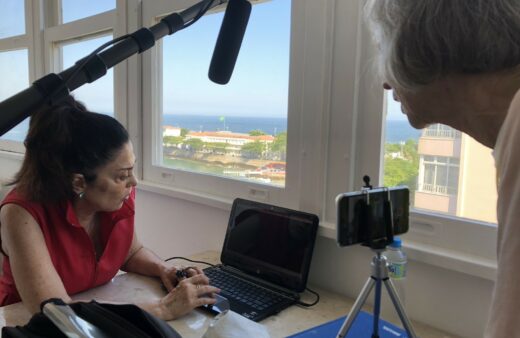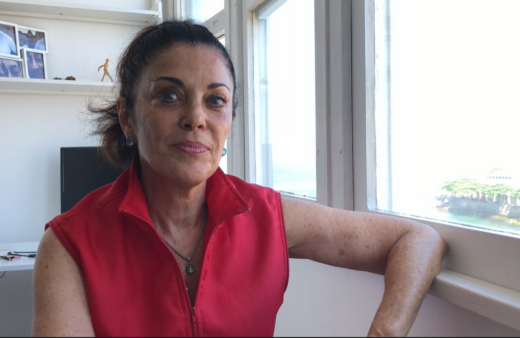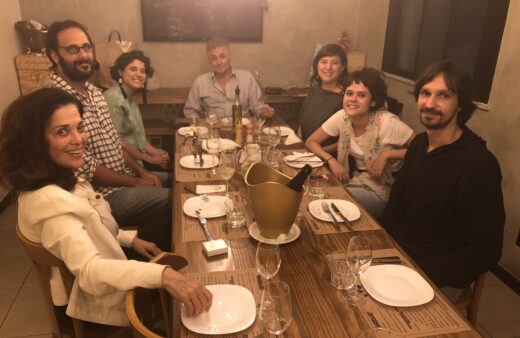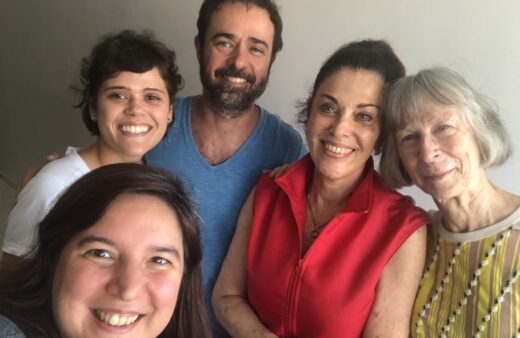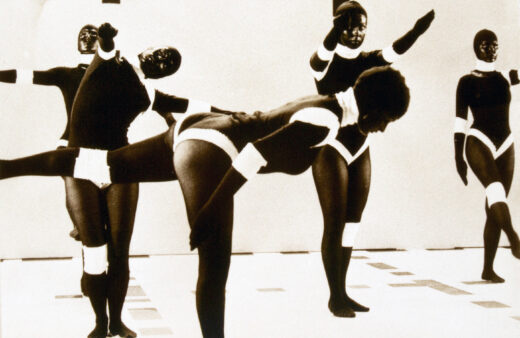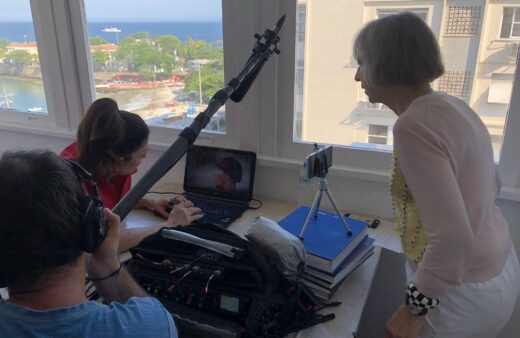
Analivia Cordeiro is a dancer, choreographer, video artist, architect and researcher. Her education in the arts began at home with her father, artist Waldemar Cordeiro, and her mother, geographer and pianist Helena Kohn Cordeiro. In 1962, Analivia began studying dance with Maria Duschenes, and a few years later conceived M 3×3, a choreography for video considered the inaugural choreography for video art and video dance in Brazil. It was shown in several exhibitions all over the world between 1973 and 1977, including the Jovem Arte Contemporânea (MAC USP, São Paulo), the Latin American Films and Video Tapes (Buffalo, New York) and the Latin America 74 – Institute of Contemporary Art (I.C.A.), Londres.
In 1976, she graduated in architecture from the School of Architecture and Urbanism of the University of São Paulo. The following year, she moved to New York City, where she lived until 1979 and studied at the studios of Alwin Nikolais, Merce Cunningham, Viola Farber, Jeanette Stoner and Gus Solomons Jr. Since then, she has worked as a researcher in several Brazilian institutions, such as Unicamp (master, 1996), PUC-SP (PhD, 2004), UFRJ (postdoctoral, 2010) and USP (postdoctoral, 2019).
In 2001, Analivia produced the CD-ROM “Waldemar Cordeiro”, featuring the biography, fortuna critica and approximately 200 works by the artist, in addition to texts written by Waldemar Cordeiro himself. In that same year, she gets a degree in Eutony, from the Brazilian Association of Eutony. In 2004, Analivia Cordeiro created the Método para Treino e Consciência Corporal por Mídia Eletrônica (Method for Training and Body Awareness through Electronic Media). Between 2005 and 2008, she developed kinetic-digital works and video dances. In 2009, she created Alegria de ler, a project for literacy through cell phones, and in 2011, she participates in the Zona de Contato project, which deals with possible dialogues between contemporary art languages.
In 2018, Analivia became a member of the International Dance Council, an international Unesco organization.
For more information, please access https://www.analivia.com.br/wp-content/uploads/2019/08/curriculum-maio-2019.pdf.
